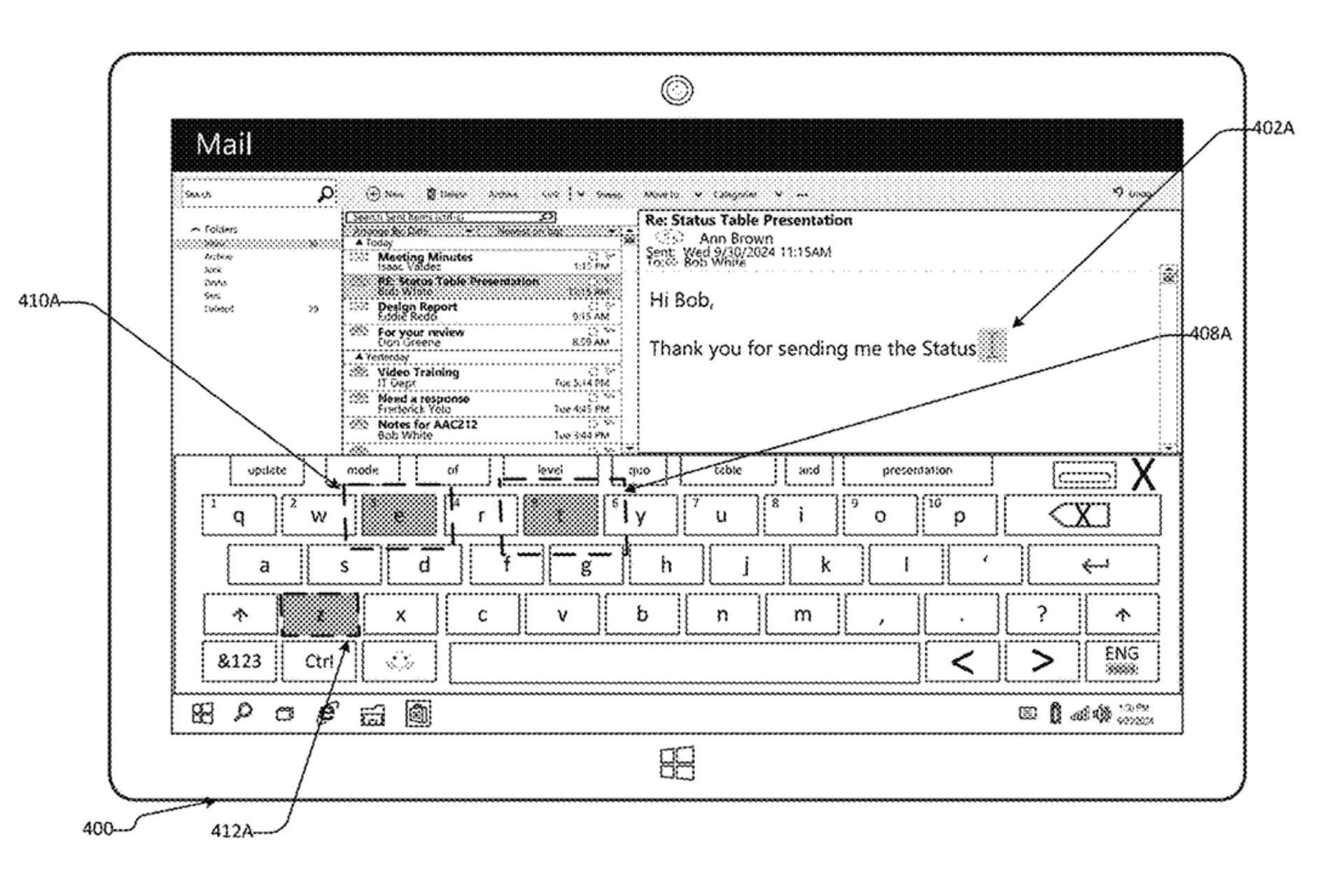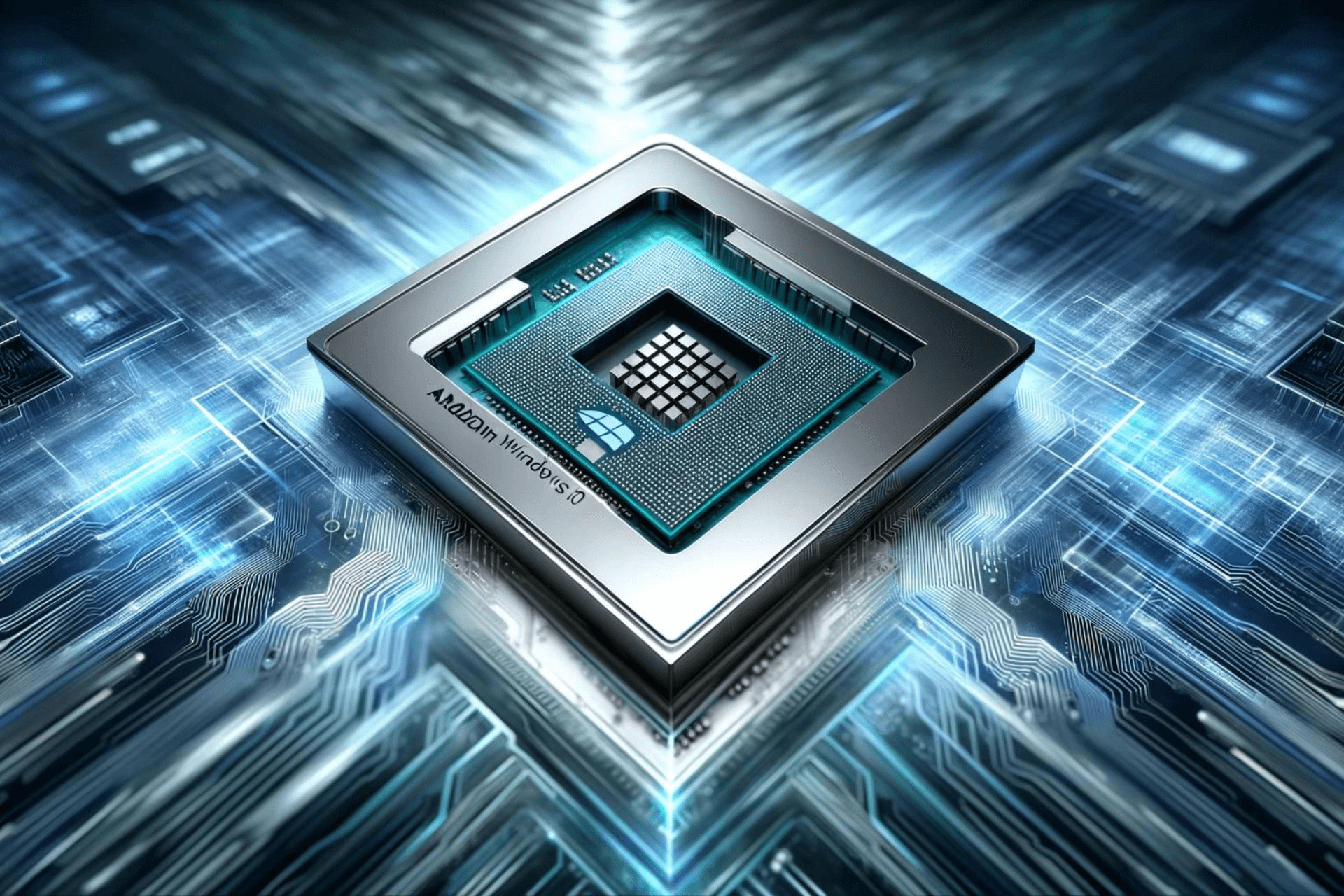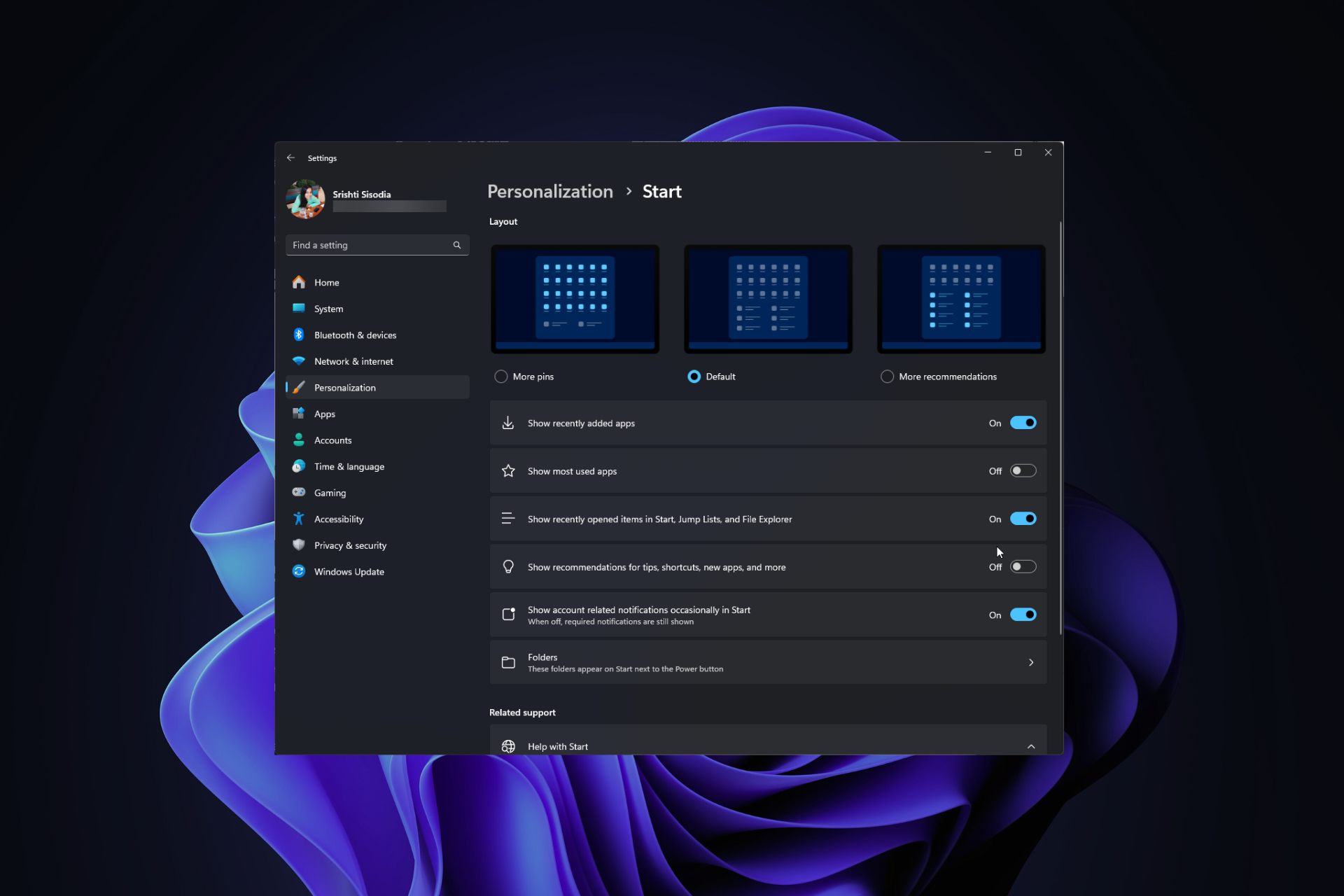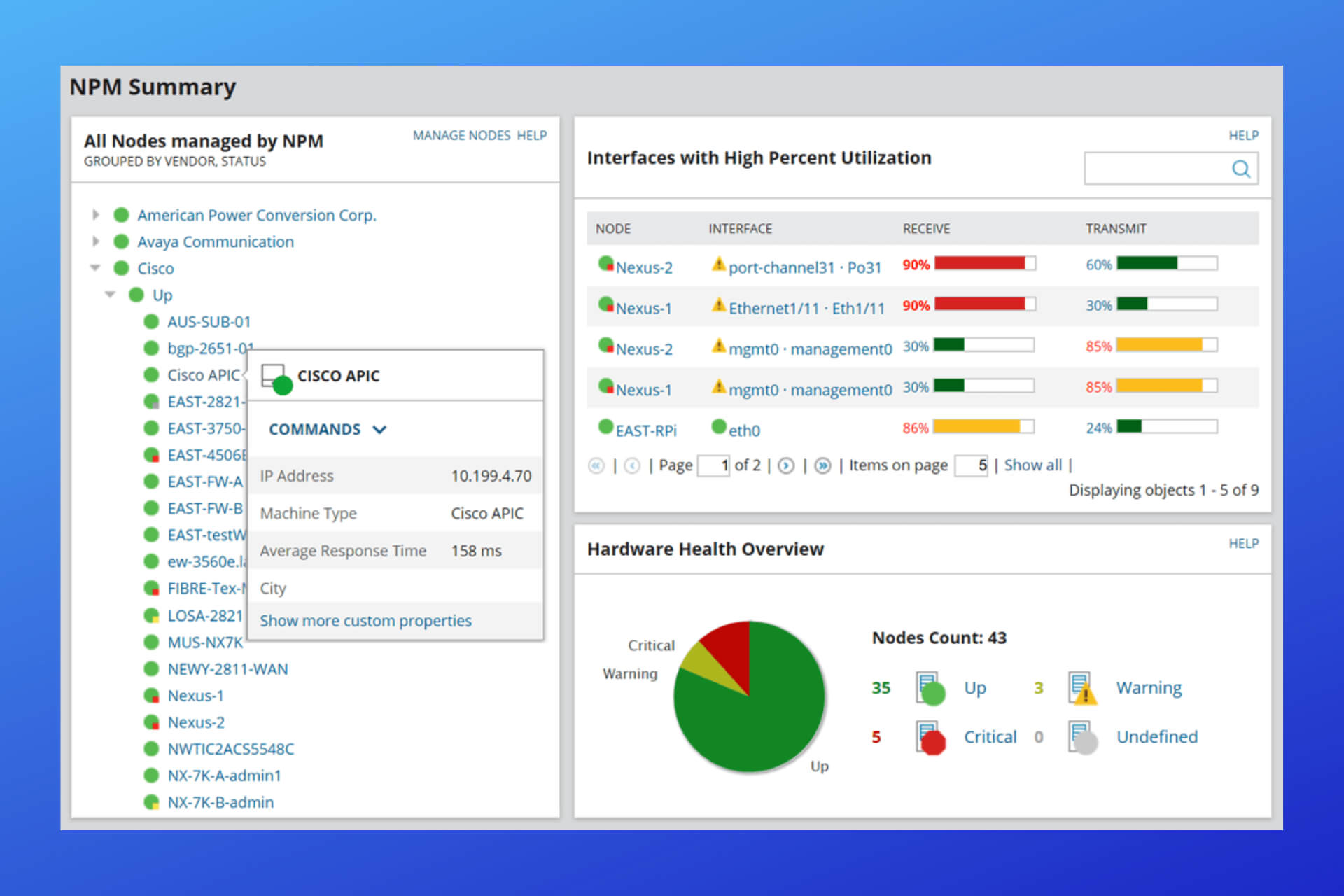SolidRun launches its first x86-based computer on module (CoM)
There are two SKUs to choose from
3 min. read
Published on
Read our disclosure page to find out how can you help Windows Report sustain the editorial team Read more
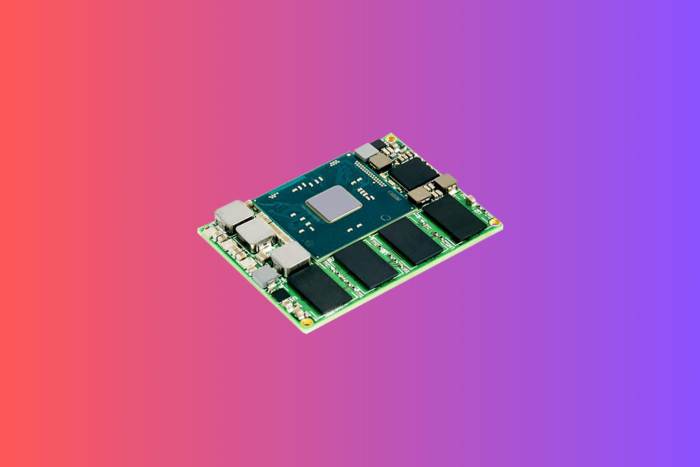
SolidRun, a renowned leader in embedded computing solutions, has launched an x86-based computer on module (CoM) and raised the bar in the networking and edge computing world.
CX7 is a significant leap in performance, as it is SolidRun’s first venture into x86 architecture for networking applications, unlike the previous iterations, with Arm-based CoMs, which used older stock Cortex cores.
Powered by AMD’s Zen 3-based Ryzen V3000 and embedded Accelerated Processing Units (APUs), the new CX7 comes with an impressive eight-core configuration.
It also has exceptional computing power and connectivity, which makes it stand out in the category. With up to 96GB of DDR5 memory & three slots for PCIe 4.0 SSDs, the CX7 provides a strong foundation for demanding apps.
The CoM comes in two SKUs: the 15-watt V3C18I model and the 45-watt V3C48 chip. You can choose any of them according to your power requirements.
The APU in SolidRun’s CX7 can be paired with a maximum of two 48GB sticks of DDR5 memory, which allows you to harness 96 GB storage.
The CX7 comes with PCIe 4.0 technology, demonstrating its commitment to high-speed data storage. Also, APU has 20 PCIe 4.0 lanes, and 12 of them are dedicated to NVMe storage.
CX7 excels in memory capacity and delivers impressive data transfer speeds, providing a seamless experience for users working with data-intensive applications.
The specification sheet explicitly mentioned that optional R7000 7840HS and R8000 8845HS headless with iGPU for compute only, which means CX7 might have support for Zen 4-based Ryzen 7000 Phoenix and Ryzen 8000 Hawk Point APU. However, SolidRun has not mentioned this in the press release.
The specifications sheet also mentioned that CX7 boards will feature V3000 chips, which are set to utilize DDR5 memory, clocked at an impressive 4,800MHz. However, the Zen 4-based APUs will have higher memory speeds, reaching 5600MHz.
CX7 has impressive connectivity options, two 10-gigabit ethernet ports, four additional 2.5-gigabit ethernet ports, Wi-Fi 6E, and 5G, which makes it capable of meeting the demands of modern networking and edge computing applications.
SolidRun’s step to embrace the V3000 series and potentially Zen 4 APUs aligns with its previous record in developing industrial PCs with Ryzen 7000 Phoenix APUs. This signifies the commitment of the company to use cutting-edge AMD tech in their products.
Another thing to consider is that earlier SolidRun used multi-core Arm CPUs featuring the stock Cortex A72 core for a networking-focused Computer-on-Module (CoM), and this is the first time the company is incorporating an x86 processor for a networking-based CoM, which seems to be a substantial upgrade in terms of processing power and performance.
It is completely a possibility that CX7 CoM might be as power-efficient as its Arm-based predecessors; however, it could be SolidRun’s most expensive CoM due to its memory and connectivity options.
As CX7 embraces x86 architecture and has potential compatibility with Zen 4 APUs, it is a formidable player in the edge computing and networking market, marking a strategic shift which reflects the company’s commitment to staying one step ahead of all.
What do you think about this shift? Share your thoughts in the comments section below.

